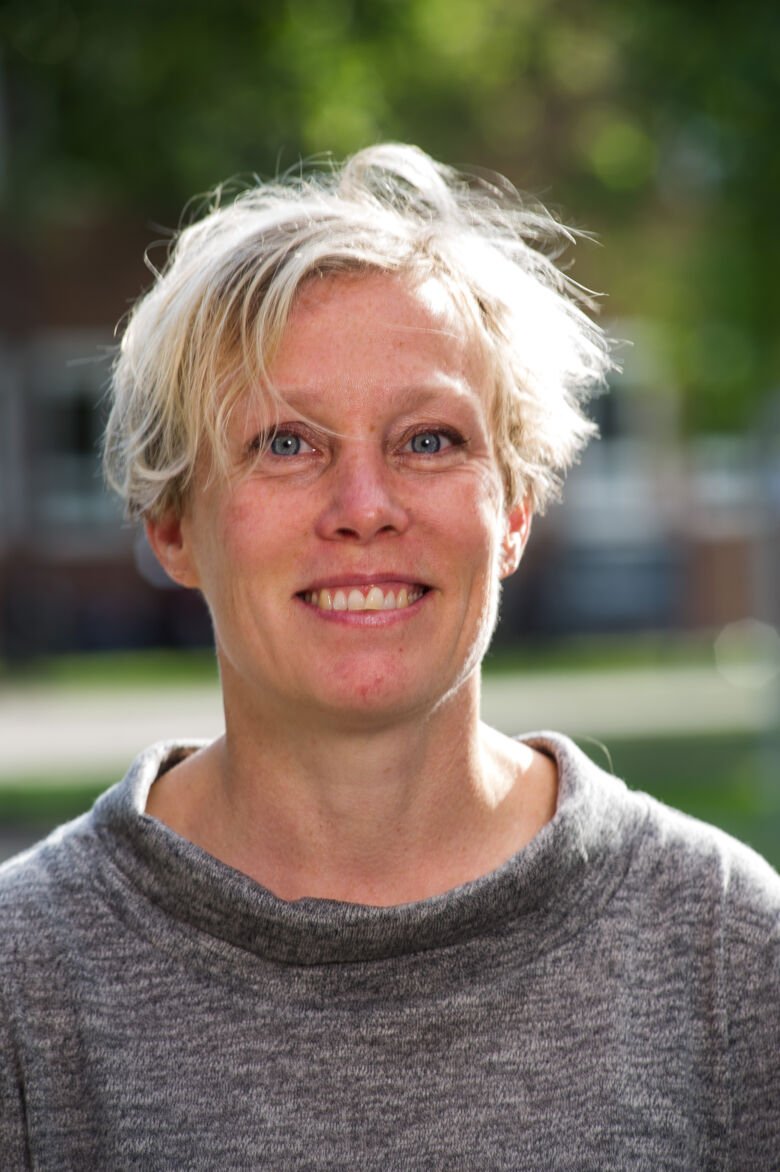To arrest the illness at an early stage
Vivianne Malmström, professor of rheumatological immunology, is doing research to enable autoimmune diseases like rheumatism to be cured and prevented in the future. To achieve this, more knowledge is needed about the diseases' mechanisms at the molecular level.

Vivianne Malmström is researching the autoimmune mechanisms behind rheumatism. On the paper in front of her, the chain of immunological reactions is growing longer and longer as she draws and explains how everything is interconnected.
"Here, at the end of the process, are the drugs we use at the moment," she says. "They attack the symptoms of the disease. But instead, if we broke this chain at an early stage and removed the causes of the disease, we would have a curing treatment, or prevention, which would stop the onset of the disease. That is what I hope our research will lead to."
Neutralise certain T-cells
One of the issues that Vivianne Malmström is very keen to solve is exactly which T cells trigger the autoimmune reaction.
"Understanding what characterises them is the first step toward finding treatments that can neutralise these T cells. It would arrest the whole illness," she explains. "Of one million T cells, maybe only 50-60 are activated. It was not until very recently that we had the tools to study such a small proportion."
Her research group is also studying autoantibodies to understand more about their role in inflammation. It is assumed that they contribute to the illness, but how is still unclear.
"We are generating autoantibodies from patient material to study this," she says. "Drawing off synovial fluid is a part of usual treatment, and patients can donate the liquid to research if they want to. Almost all do. Sometimes we also get bone marrow from joint prosthesis operations. We have a fantastic supply of material through our close collaboration with the hospital."
Text: Anders Nilsson, first published in Swedish in the booklet "Från Cell till Samhälle 2014".
